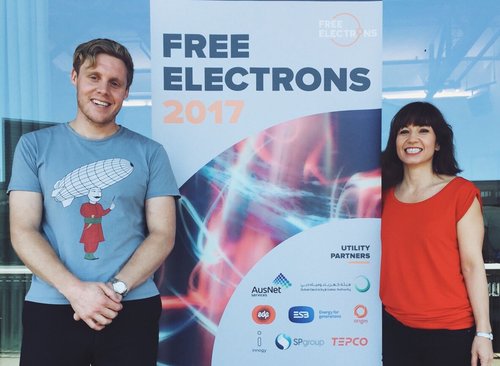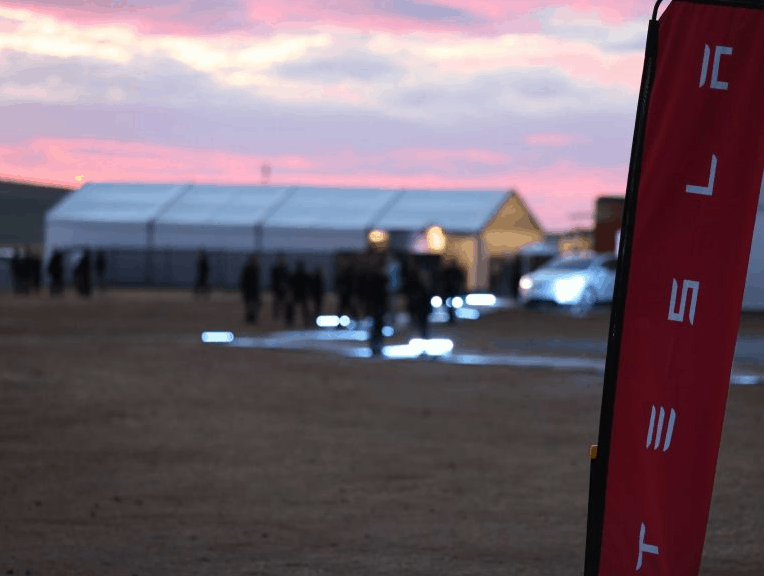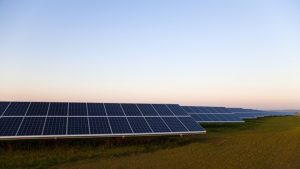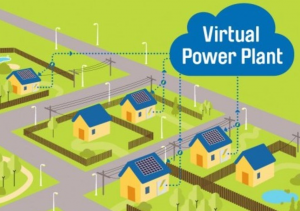India based energy company Adani have received development approval for a $200 million, 140MW Whyalla solar farm. The farm will consist of PV solar modules and operate on a single axis tracking system.
Adani’s Whyalla Solar Farm
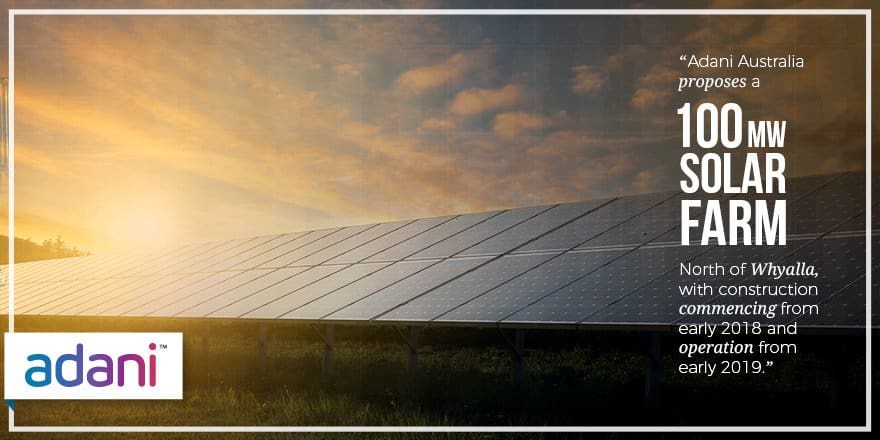
The solar plant will be located 10km north of Whyalla’s centre, on the Port Lincoln Highway. It will originally generate 100MW and the potential capacity of the solar plant will be up to 140MW. According to AdelaideNow, grid connection will be via the 132kv network between the Whyalla Centra and Cultana substations.
Although the original development application didn’t include any information about battery storage, this is an option that Adani is also investigating.
No PPA (Power Purchasing Agreement) has been signed yet, but as soon as that is sorted out we will see a starting date for construction of the farm – which is expected to be some time in 2018. The plant should be generating renewable energy by 2019. The construction phase of this solar farm is expected to create 350 jobs and could be “just the tip of the iceberg” for Whyalla, Giles MP Eddie Hughes told news.com.au last year.
“Since 1998 Whyalla has wanted to become the solar capital,” said Mr Hughes. “It’s the realisation of the dream to have a major proponent come to us.”
Other Whyalla Solar Projects
News of Adani’s solar farm comes off the back of Zen Energy approving a $700m solar, battery and pumped-hydro storage project to power Zen Energy owner Sanjeev Gupta’s Liberty OneSteel works in Whyalla. The project is expected to provide 1 gigawatt (1000MW) and also 100MW/100MWh battery storage. Hopefully, this will also provide some help to the real estate market in Whyalla, which has dropped by 21% in 2017 so far.
Adani also has another $100m solar farm in Moranbah awaiting DA from the Isaac Regional Council.

